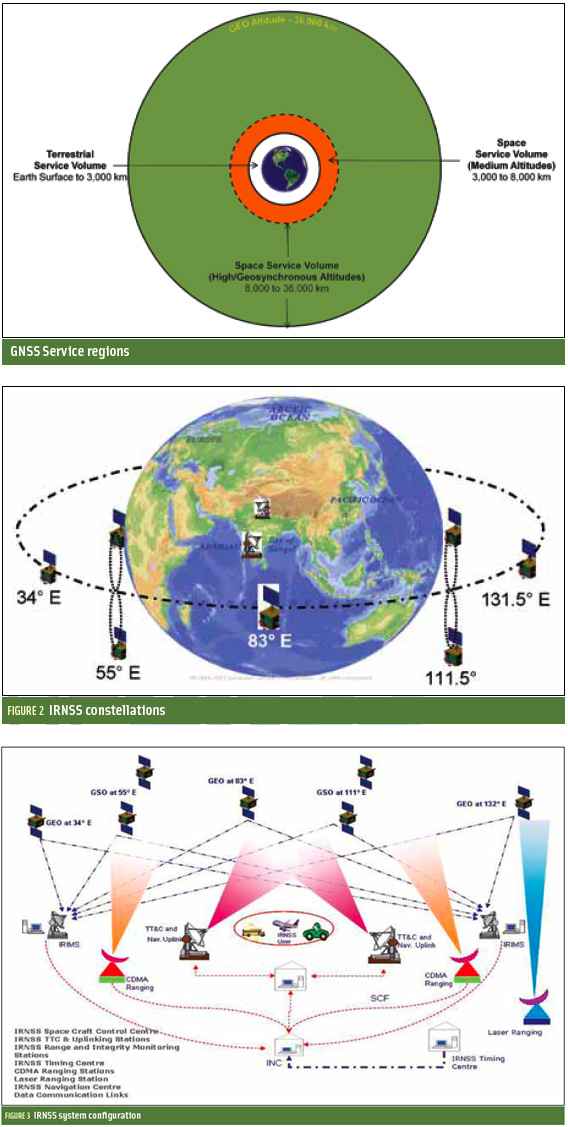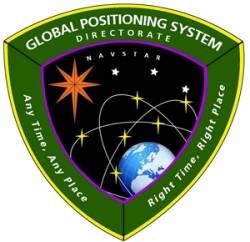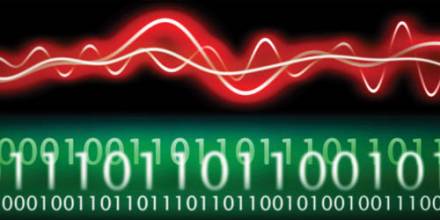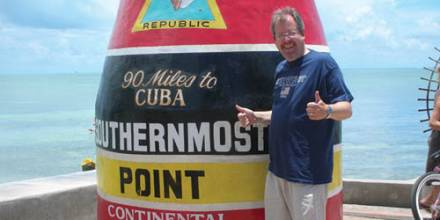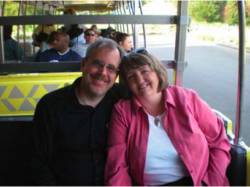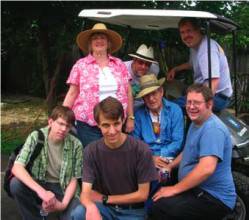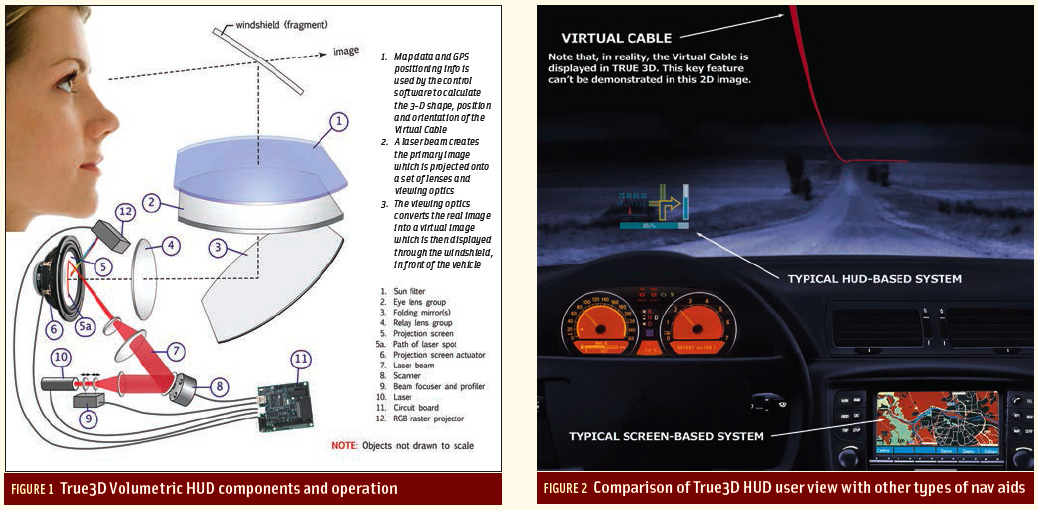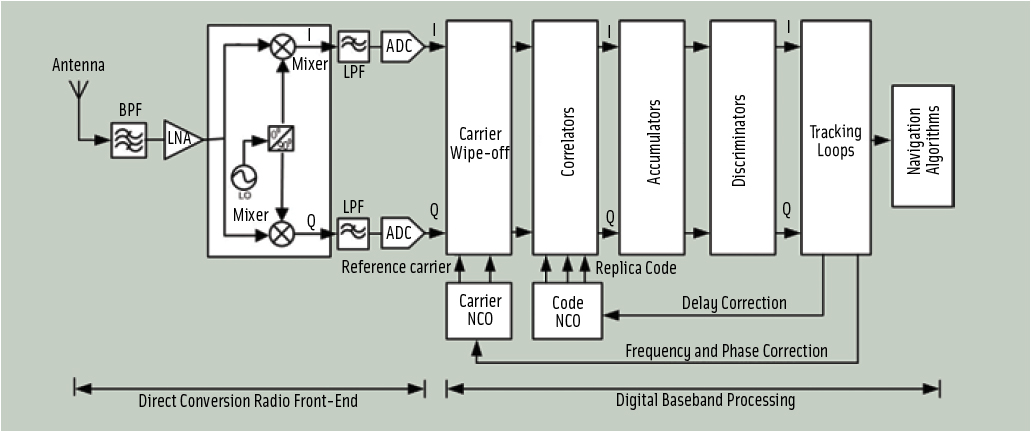A Model-Based Approach
For the complete story, including figures, graphs, and images, please download the PDF of the article, above.
Galileo receiver designers require formal interface specifications for the Galileo signal-in-space (SIS) in order to write unambiguous and accurate specifications for Galileo receivers. To compute their positions, Galileo receivers must be able to retrieve timing and orbital information from the data stream conveyed in Galileo analog signals.
By Inside GNSS

